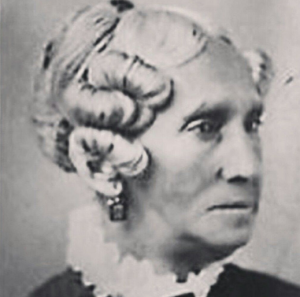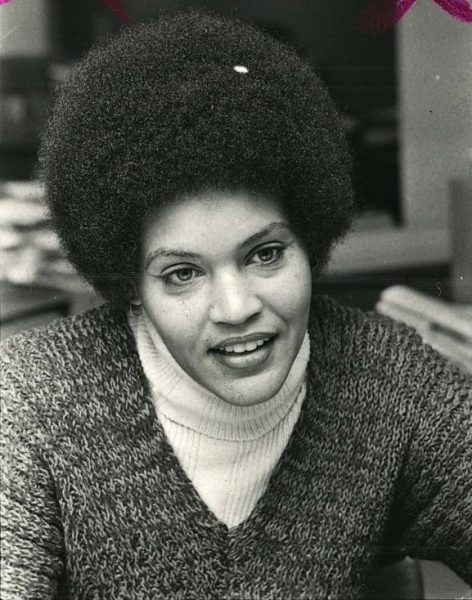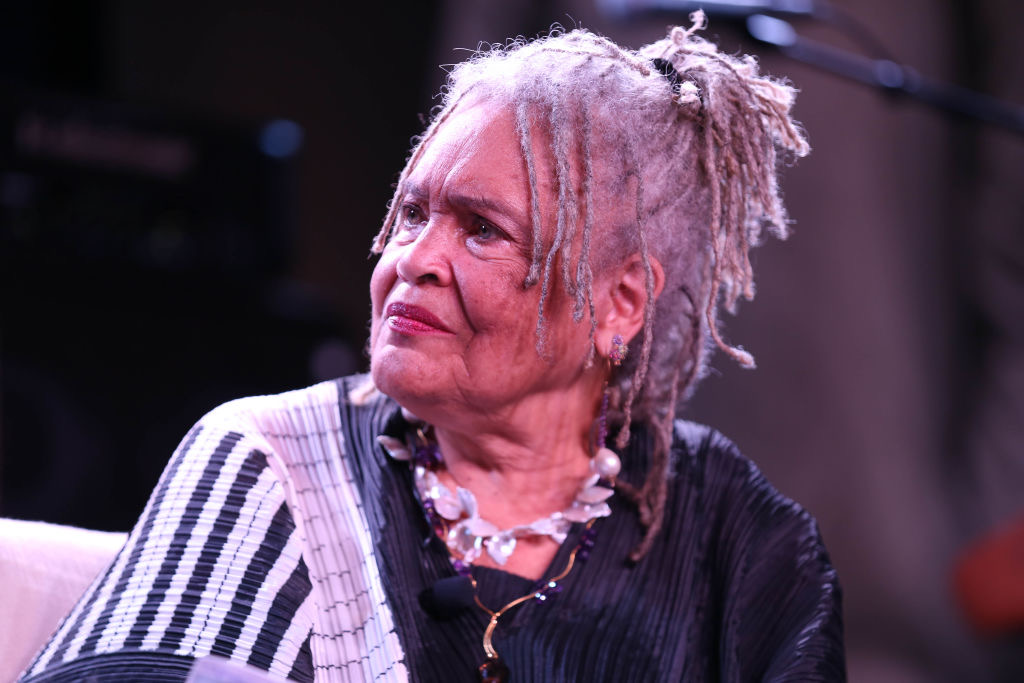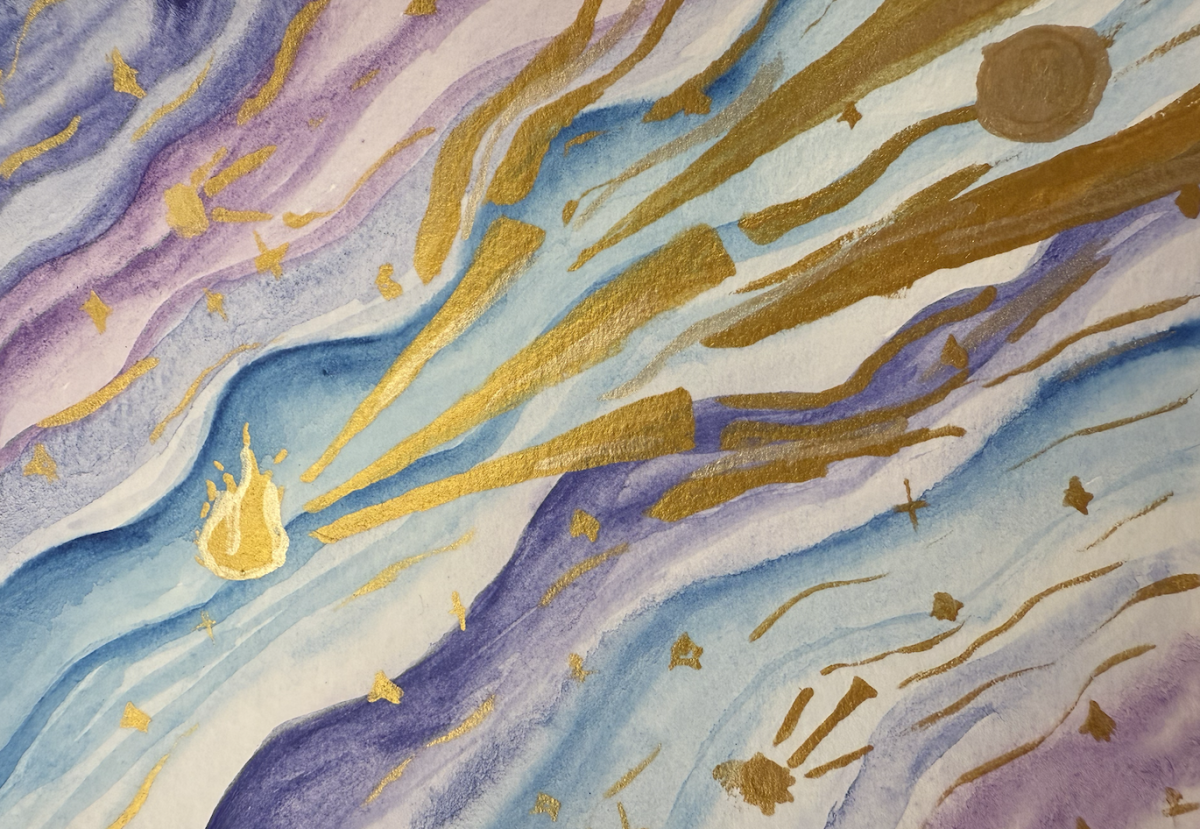According to a 2022 Pew Research survey, out of the roughly 85,000 journalists in America, only 6% are Black. Combine that with the long-standing gender divide in journalism, and African American women face both racial and gender discrimination in the field.
In 2024, another Pew Research survey found that 40% of Black Americans value the importance of Black journalists covering news about racial injustice. Additionally, 63% felt that news about African Americans is often portrayed more negatively than other ethnic groups.
Now more than ever, it is crucial to highlight the lack of representation in journalism. Here are two remarkable women who have made a lasting impact in the field.
Maria W. Stewart (1803–1879)
Maria W. Stewart was born to free African American parents before the abolition of slavery in America. However, both of her parents passed away when she was just three years old, leaving her to be sent to work for a white minister as an indentured servant. Although Stewart was legally free, indentured servants—especially Black women—were often treated similarly to enslaved people. While it is unclear how Stewart was treated at the minister’s house, her writing illustrates indentured servitude as another method for oppressing African Americans.
During her time in servitude, she was briefly educated at the minister’s home, where she learned to read and write. At 15, she left and moved to Boston, where she became a domestic servant. Stewart was never formally educated, something she lamented in her writing. “I was deprived of the advantages of education, though my soul thirsted for knowledge,” she wrote in one of her later pieces.
In 1826, Stewart married, but her husband died just three years later. Due to racial discrimination and legal loopholes, she received none of his inheritance—white executors allegedly deceived her out of it. At the time, married women had no legal right to control property, meaning Stewart was left with no financial security.
Following her husband’s death, Stewart turned to faith. “God has fired my soul with a holy zeal for his cause. It was God alone who inspired my heart to publish the meditations,” she wrote in The Liberator, an abolitionist newspaper published by William Lloyd Garrison. Stewart initially sent her writings to Garrison for feedback, but he was so impressed with her writing that he chose to publish them.
Her pieces often blended faith with reflections on the struggles of being both African American and a woman. In one of her essays, she wrote, “Methinks I heard a spiritual interrogation—‘Who shall go forward, and take off the reproach that is cast upon the people of color? Shall it be a woman?’ And my heart made this reply—‘If it is thy will, be it even so, Lord Jesus!’” In another piece, she challenged the roles expected of Black women: “How long shall the fair daughters of Africa be compelled to bury their minds and talents beneath a load of iron pots and kettles?”
Stewart faced intense criticism for her work in Boston, especially for including the role of women in discussions of racial justice. At one point, men threw rotten tomatoes at her in the street. As a result, she quit journalism, moved to New York City, and later pursued a career in education.
Though she stopped writing for newspapers, Stewart’s legacy continues. Her ideas—on racial and gender equality—predated modern discussions of intersectionality by nearly two centuries. From Stewart’s articles on the abolition of slavery to Kimberlé Crenshaw’s theories on intersectionality, it is clear that these conversations are not new. The difference is that, now, people are finally listening.

Charlayne Hunter-Gault (1942– )
Charlayne Hunter-Gault was born in 1942, during the later years of World War II, to military parents. It was a time of great social unrest; America was fighting a war abroad while segregation and racism remained deeply entrenched at home. When Hunter-Gault was born The Civil Rights Movement was still a decade away, reaching its peak during her formative years.
Hunter-Gault was in the seventh grade when Brown v. Board of Education ruled segregated public schools unconstitutional. But while the decision made segregation illegal in schools, many institutions refused to comply; especially universities.
At the high school she attended, the Atlanta Committee for Cooperative Action (ACCA) sought to push for Black students’ admission into white colleges. They identified students who would have been ideal candidates—if they were white.
Hunter-Gault and Hamilton Holmes set their sights on the University of Georgia. Both were repeatedly rejected under the pretense that there was “no room” in the underclassman housing—despite the fact that other students were still being admitted.
They challenged the university’s decision in court through Holmes v. Danner and eventually won. In the fall semester of 1961, Hunter-Gault and Holmes became the first Black students to attend the University of Georgia. Their victory was monumental in the fight for equal access to education.
Reflecting on her role in the case, Hunter-Gault said: “To become a historic symbol was not the point of what I did. The point of what I did was to have access to the best education I could get to become a journalist.”
She graduated in 1963 with a journalism degree and, in 1968, joined The New York Times, where she focused on racial issues in the city. “I was writing about something no one else on staff was—Blacks, Harlem, the Bedford-Stuyvesant riots,” she said. She later discussed how her identity as a Black woman impacted her role as a journalist. “Being Black and a woman and being in the Civil Rights Movement helped me survive…. All of those things helped me to forge my armor because I think you do need a suit of armor,” she said, “particularly if you’re Black, if you’re a woman, if you’re in this kind of business.”
Like Stewart, Hunter-Gault also addressed the unique struggles faced by Black women, particularly during the rise of second-wave feminism. Historically, the women’s rights movement was always preceded with a silent “white.” White women won the right to vote in 1920, but it wasn’t until the 1965 Voting Rights Act that Black Americans were fully protected from voter suppression.“The differences are rooted in historical traditions that have placed Black women—in terms of work, family life, education, and men—in a relationship quite apart from that of white women,” Hunter-Gault wrote in the 1970s. Such different perspectives make it all but impossible for some Black women to relate to the white ‘women’s lib’ movement.”
Throughout her career, she expanded her focus beyond race, covering marginalized communities and underreported issues worldwide.
In the early 1980s, Hunter-Gault won two National Emmy Awards for her reporting on people whose struggles had been ignored by the public. “I look for stories that no one else is doing, stories about those who are usually invisible, left out… I try to put flesh on the bones of the bare statistics,” she said.
For her work, Hunter-Gault received the prestigious George Foster Peabody Award for Excellence in Broadcast Journalism from the University of Georgia. She has continued her work to this day, ensuring that the voices of the unheard are finally amplified.
Conclusion:
Since before the abolition of slavery, Black female journalists have highlighted the unique experience of oppression faced by Black women–caused by intertwined forces of sexism and racism. Maria W. Stewart was shunned for her writings on the topic and over a hundred years later, Charlayne Hunter-Gault still faced criticism for her works. While early writers on intersectional racism were often ostracized, it is important as the progress of history marches on that they now be uplifted.







